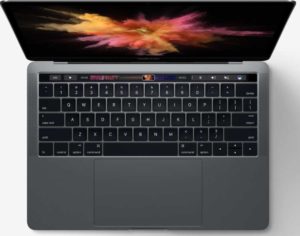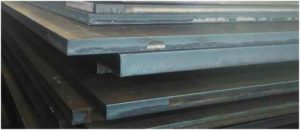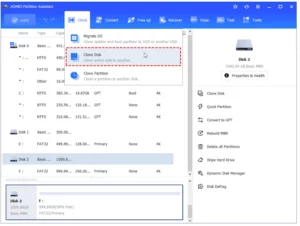Understanding the Differences Between SATA and NVMe SSDs
In the ever-evolving domain of computer hardware, storage solutions have emerged as a crucial factor influencing user experience and system performance. Among the various storage options available, SSDs (Solid-State Drives) have revolutionized data storage, offering significant advantages over traditional hard disk drives (HDDs).
Within the SSD category, NVMe (Non-Volatile Memory Express) SSDs stand out as the latest and most advanced form, redefining storage capabilities with unparalleled speed and efficiency.
Understanding SSDs: A Leap Forward in Storage Technology
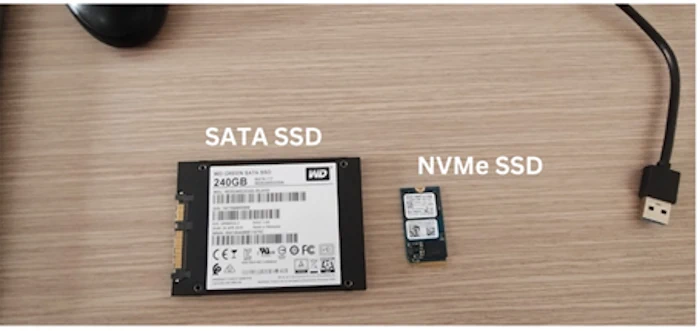
The transition from HDDs to SSDs represents a pivotal moment in the history of computer storage. HDDs have long been the standard for storing data with their spinning disks and mechanical components. However, their limitations, such as slow data access speeds, susceptibility to fragmentation, and noise generation, have become increasingly apparent as computing demands have grown.
SSDs, on the other hand, address these limitations by employing NAND-based flash memory. This innovative technology eliminates the need for spinning disks, resulting in faster data access speeds, lower power consumption, and improved durability. Consequently, SSDs have become the preferred choice for users seeking a significant boost in storage performance.
SATA Interface: The Bridge Between HDDs and SSDs
The transition from HDDs to SSDs was facilitated by introducing the SATA (Serial ATA) interface. Initially designed for HDDs, SATA was readily adopted by SSD manufacturers as the technology gained traction. SATA SSDs share the same form factor and interface as traditional SATA HDDs, supporting 32 commands per queue. This compatibility made it straightforward to replace HDDs with SSDs without requiring significant motherboard modifications or system architecture modifications.
A typical SATA SSD looks like the image below:
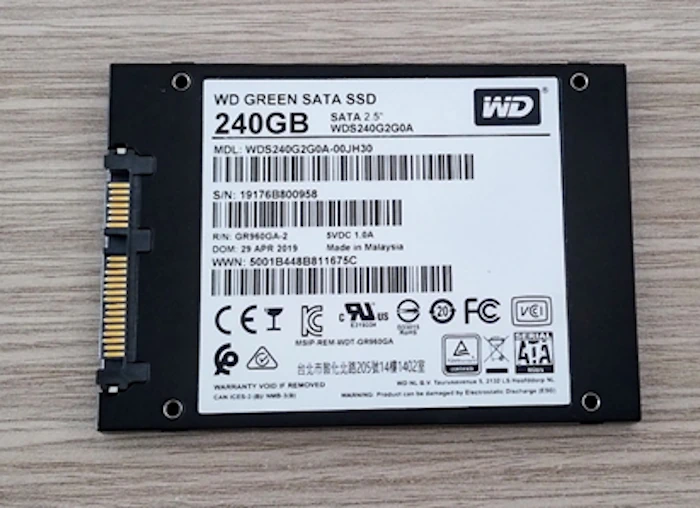
NVMe Interface: Unleashing the Full Potential of SSDs
As user demands continued to rise, the limitations of the SATA interface became evident. To fully harness the potential of SSDs, a new interface was needed. Enter NVMe, designed explicitly for flash-based storage devices. NVMe supports 64K command queues, significantly improving the SSD and CPU communication efficiency. This enhanced communication, coupled with the direct connection via the PCIe (Peripheral Component Interconnect Express) bus, enables NVMe SSDs to deliver remarkable performance gains, making them the ideal choice for demanding applications and data-intensive workloads.
NVMe vs. SATA: A Comparative Analysis
While both NVMe and SATA interfaces connect SSDs to the CPU, they differ in their capabilities and suitability for different usage scenarios.
- Speed: NVMe SSDs reign supreme in speed, delivering significantly faster read and write speeds than SATA SSDs. This advantage is particularly evident in large data transfers and demanding applications that require rapid data access.
- Form Factor: NVMe SSDs primarily utilize the M.2 form factor, known for its compact size and direct connection to the motherboard. SATA SSDs, on the other hand, can be found in the traditional 2.5-inch form factor and the M.2 form factor.
- Latency: NVMe SSDs boast lower latency, meaning they can retrieve data more quickly. This low latency is crucial for applications that demand minimal response times, such as professional software and gaming.
- Cost: NVMe SSDs generally command a higher price tag compared to SATA SSDs, particularly for those with larger storage capacities. However, the price gap has been narrowing in recent years.
- Compatibility: NVMe SSDs are not backward-compatible with SATA ports. To utilize an NVMe SSD, a motherboard with an M.2 slot or a PCIe slot that supports NVMe is required. In contrast, SATA SSDs enjoy widespread compatibility with most motherboards, ensuring seamless integration with existing systems.
Choosing the Right SSD Interface:
The choice between NVMe and SATA SSDs depends on the specific needs and priorities of the user.
NVMe SSDs: Ideal for users seeking the highest possible performance, particularly those working with large data sets, demanding applications, or latency-sensitive tasks.
SATA SSDs: A cost-effective option for users seeking a significant performance boost over HDDs, suitable for everyday computing tasks, general storage needs, and casual gaming.
Hybrid Approach: For users seeking the best of both worlds, a combination of NVMe and SATA SSDs can be utilized. NVMe SSDs can be used as the primary drive for the operating system and frequently used applications, while SATA SSDs can provide additional storage capacity for less demanding data.
Author Bio: John Harris
With a decade of data recovery experience, John Harris, Senior Editor at Remo Software, is your go-to specialist. His expertise spans partition management, Windows solutions, and troubleshooting for diverse storage platforms. Recognized by cpomagazine, everythingusb, and more, John Harris is your trusted data recovery guide.
